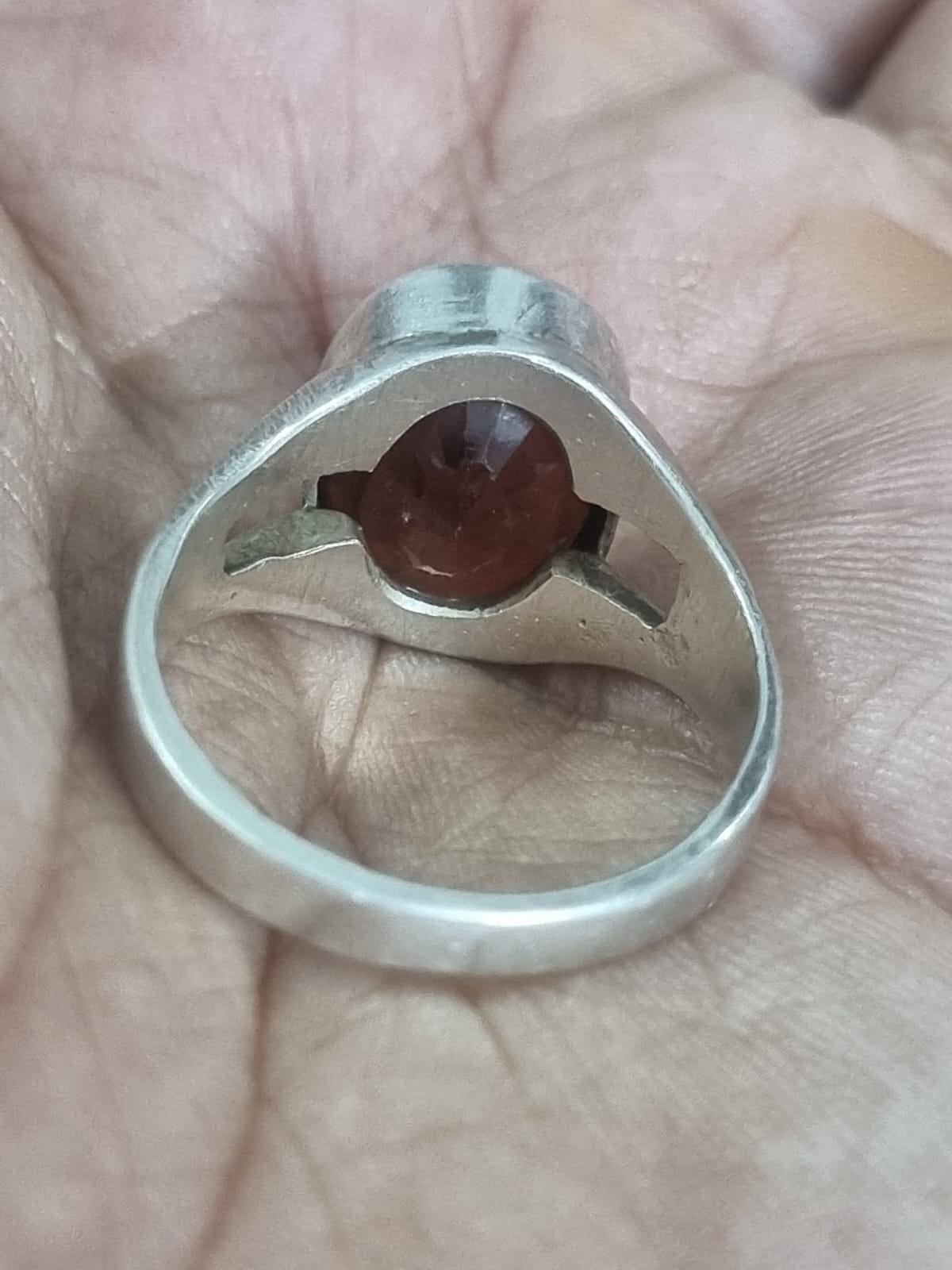How to Identify South Sea Pearls

How to Identify South Sea Pearls: A Comprehensive Guide
South Sea pearls are highly prized for their size, luster, and rarity, making them some of the most luxurious and sought-after pearls in the world. However, with their high value comes the challenge of distinguishing genuine South Sea pearls from imitations. In this guide, we will walk you through how to identify authentic South Sea pearls by looking at key factors such as size, color, luster, and origin.
1. Understanding What South Sea Pearls Are
Before diving into the identification process, it's essential to understand what makes South Sea pearls unique. South Sea pearls are cultivated in the warm waters of the South Pacific, specifically in regions such as Australia, Indonesia, and the Philippines. They are produced by the Pinctada maxima oyster, which is much larger than other pearl-producing oysters. These pearls are known for their large size, thick nacre, and beautiful natural colors, ranging from white and silver to deep gold.

2. Identifying South Sea Pearls by Size
One of the most distinct characteristics of South Sea pearls is their size. These pearls are generally larger than other varieties, such as Akoya or freshwater pearls. South Sea pearls typically range from 9mm to 16mm, with some even exceeding 20mm in diameter.
- How to Check Size: Use a pearl gauge or caliper to measure the diameter of the pearl. If the pearl falls within the 9mm to 16mm range, it is likely a South Sea pearl. Smaller pearls may indicate a different type, such as Akoya or freshwater.
3. Identifying South Sea Pearls by Color
South Sea pearls are known for their natural, elegant colors. The most common shades are:
- White and Silver: Produced by the silver-lipped oyster, these pearls have a soft, reflective sheen.
- Golden: Produced by the gold-lipped oyster, golden South Sea pearls are the rarest and most valuable. The color ranges from light champagne to deep, rich gold.
Unlike many other pearls, South Sea pearls do not require treatment or dyeing to enhance their color. Their natural hues are one of the reasons they are so highly valued.
- How to Check Color: Examine the pearl under natural light. South Sea pearls should exhibit a natural, even color with subtle undertones. Be cautious of pearls with overly bright or artificial-looking colors, as this may indicate that they have been dyed.

4. Evaluating Luster in South Sea Pearls
Luster refers to the quality and intensity of light reflecting off the surface of a pearl. South Sea pearls are renowned for their soft, satin-like luster, which is a result of their thick nacre. The luster of a South Sea pearl is not as sharp or reflective as that of Akoya pearls but has a more subtle, glowing effect.
- How to Check Luster: Hold the pearl up to a light source and observe how the light reflects off its surface. South Sea pearls should have a soft, glowing luster rather than a sharp, mirror-like shine. High-quality South Sea pearls will reflect light evenly across their surface, giving them a luxurious sheen.
5. Surface Quality of South Sea Pearls
Another important factor in identifying South Sea pearls is the surface quality. Genuine South Sea pearls will typically have a few blemishes, such as small pits or spots, because they are natural organic gems. However, high-quality pearls will have minimal surface imperfections.
- How to Check Surface Quality: Closely inspect the pearl for any surface flaws. While minor imperfections are expected in real South Sea pearls, avoid pearls with excessive blemishes or cracks. Also, be cautious of pearls that appear flawless, as these may be synthetic or heavily treated.
6. Shape of South Sea Pearls
South Sea pearls come in a variety of shapes, with round pearls being the most valuable and rare. However, baroque (irregularly shaped) South Sea pearls are also highly prized for their uniqueness and character.
- How to Check Shape: Perfectly round South Sea pearls are rare, and the majority of genuine pearls will have slight variations in their shape. If the pearl is too perfectly round and smooth, it could be an indication of an imitation or synthetic pearl. Baroque pearls should have a natural, organic shape that adds to their charm.
7. Nacre Thickness of South Sea Pearls
One of the defining characteristics of South Sea pearls is their thick nacre, which contributes to their durability, luster, and value. The nacre thickness of South Sea pearls can range from 2mm to 5mm, much thicker than other types of pearls like Akoya.
- How to Check Nacre Thickness: You can check nacre thickness by closely examining the surface of the pearl under magnification. Look for layers of nacre that appear to "roll" over each other. If the pearl’s surface seems thin or overly smooth, it could be an indication of a lower-quality pearl.
8. Certification and Provenance
One of the most reliable ways to identify authentic South Sea pearls is by obtaining certification from a reputable jeweler or gemological institute. Certification will provide details about the pearl's origin, size, luster, nacre thickness, and whether the pearl has undergone any treatments.
- How to Obtain Certification: When purchasing South Sea pearls, always ask for certification from trusted institutions or buy from a trusted seller like Vedic Crystals website. Certification will give you peace of mind about the authenticity and quality of the pearls.

9. The Tooth Test
A simple and traditional method to identify genuine pearls is the "tooth test." Real pearls, including South Sea pearls, will feel slightly gritty when rubbed gently against the surface of your teeth, due to the layers of nacre. Fake pearls, made from glass or plastic, will feel smooth.
- How to Perform the Tooth Test: Rub the pearl lightly against the edge of your teeth. A real South Sea pearl will feel slightly rough or gritty, while an imitation pearl will glide smoothly.
10. Price as an Indicator
Lastly, the price of South Sea pearls can be an indicator of their authenticity. These pearls are among the most expensive in the world due to their size, rarity, and natural beauty. If a deal seems too good to be true, especially for large, high-quality South Sea pearls, it’s worth being cautious.
- How to Check Price: South Sea pearls are generally priced higher than other types of pearls. A well-rounded, high-luster, 12mm South Sea pearl necklace can cost thousands of dollars. If you come across a significantly lower price for pearls claiming to be South Sea, it could indicate a counterfeit product.
Final Thoughts
Identifying South Sea pearls requires careful attention to size, color, luster, surface quality, and nacre thickness. These pearls are prized for their rarity and natural beauty, making them a worthwhile investment for anyone seeking luxury and elegance in their jewelry collection. By following these tips, you can ensure that the South Sea pearls you purchase are genuine and of the highest quality.
Buy Original South Sea Pearls at Vedic Crystals website
For more information about Vedic Crystals and our range of gemstones and rudraksha beads, visit Vedic Crystals website or contact us at contactus@vediccrystals.com/ or click here to chat
Also if you found this article useful , please share it with someone who might need it.
Moreover, in case you want a additional 5% discount coupon on our entire range of gemstones and Rudraksha : Please comment "Interested" below.


















































































